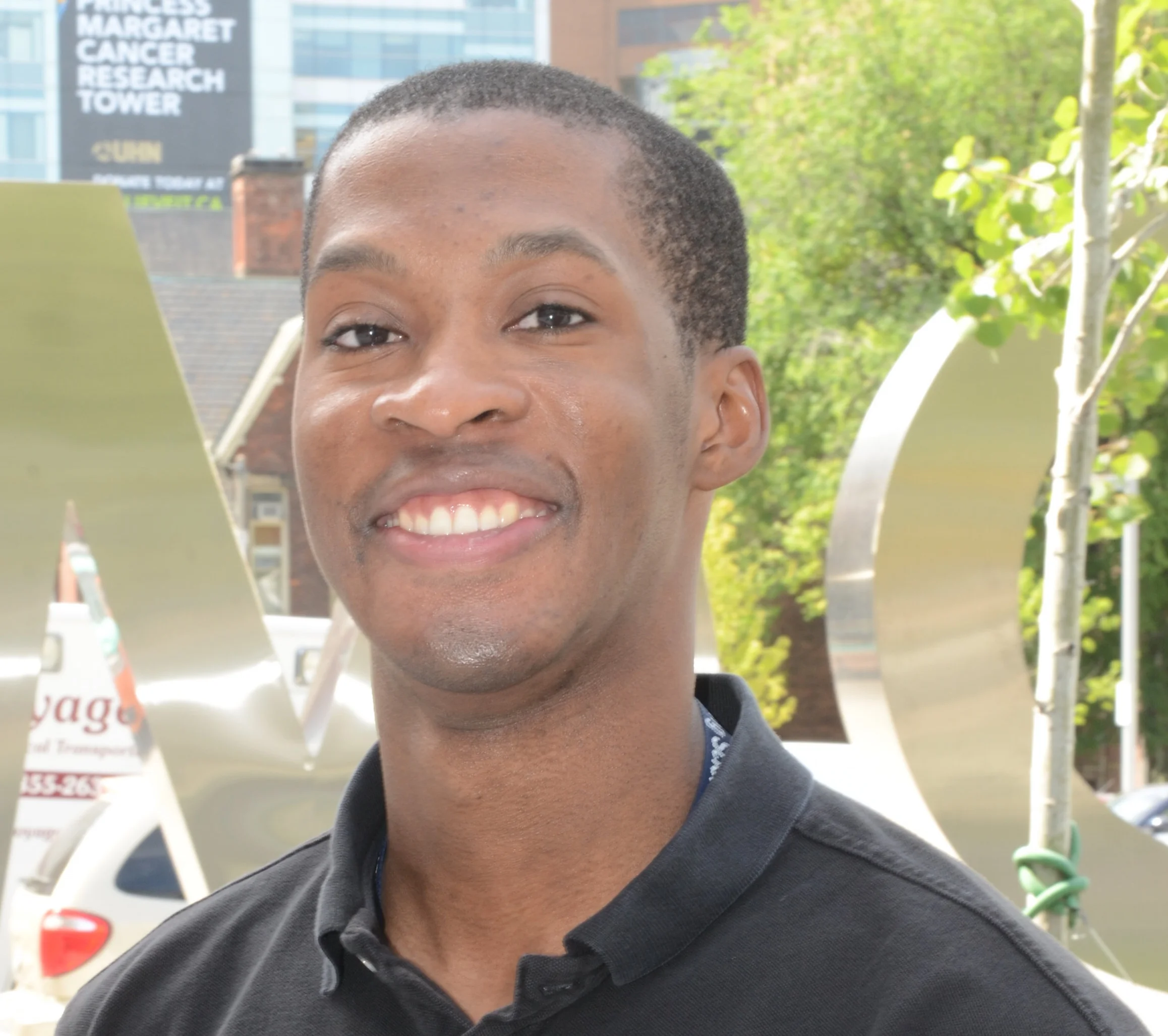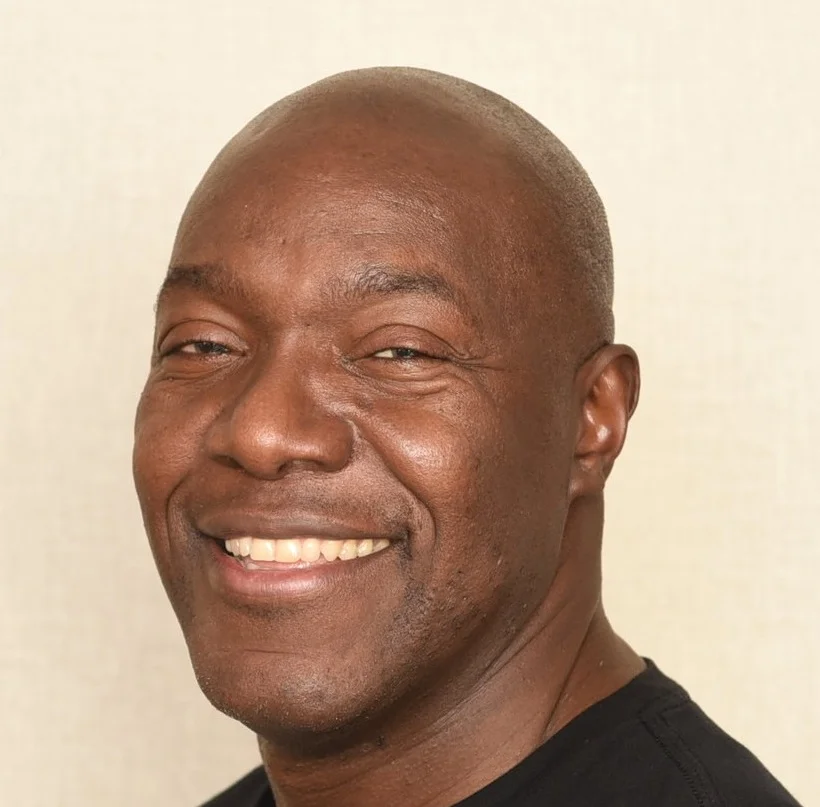Pathway honours memory of Olympian Sam Richardson
February 27, 2018
Retired insurance executive Ray Smith never saw Olympian Sam Richardson compete on the track.
He, however, had an idea of the 1936 Berlin Games competitor ferocious burst of speed and extraordinary jumping ability.
Smith attended the dedication two weeks ago of a pathway near Central Technical School in memory of Richardson who died in November 1989.
“At the south end of the school was an open field with a six-foot perimeter fence around it,” said Smith, a former Ontario Black History Society (OBHS) vice-president and 1958 CTS graduate. “There was this one day that a neighbour’s German shepherd got loose and started chasing Sam and my older brother, Gary, who was his very close friend. They went in different directions and the dog chose to go after Sam. We lived across the street and I saw Sam easily clear that fence. It was amazing.”
Richardson, who graduated from Central Tech and lived nearby at 222 Lippincott St., finished 14th and 20th in the long and triple jump events respectively and was a member of the fifth-place national 4x100-metre relay team (the other members were Howard McPhee, Lee Orr and Bruce Humber) at the 1936 Games dominated by American Jesse Owens who captured four gold medals.
Arthur Downes, a retired Justice of the Peace and the most senior masonic lodge grandmaster in Canada, also attested to Richardson’s lightning speed.
“One day in 1939 while the original Red Rocket streetcar was going along Dundas Ave. W., someone challenged Sam to race against the rail vehicle,” he recounted. “Before that streetcar could take off properly, Sam ran from Denison Ave. to nearby Kensington Market in a blur. He was a great athlete and person.”
CTS principal Lisa Edwards joined Richardson’s youngest son – Stacey Turner-Richardson – and other family members at the unveiling ceremony outside the front of the 725 Bathurst St. School building.
“My father has to be prancing proudly in heaven today,” said Turner-Richardson. “He was a renaissance man with grace and poise. It was at this school field that he practiced until he became perfect. This is just an amazing day for the family.”
Stacey Turner-Richardson (l), Darlene Gumbs & Laurice Richardson
Richardson’s other sons – Dougie and Norman – graduated from CTS where they were also members of the track and field team.
Dougie, an accomplished tenor saxist and co-leader of the award-winning band, ‘Kollage’, died in 2007 while awaiting a lung transplant.
Norman’s daughter, Laurice Richardson, could hardly contain her excitement at the unveiling ceremony.
“This is a long time coming and it means a lot for us as a family,” the grand-daughter said.
She too has a favourite memory of her grandfather.
“Whenever I and my brother Paul went to his home, Paul would touch everything in sight and grandpa starting calling him ‘Fingers’,” she said. “We in turn called him ‘Grandpa Fingers’.
Richardson, who based on his school registration card from King Edward School, was born in 1921, made his international debut for Canada in England at the 1934 British Empire Games which is now the Commonwealth Games. He was the youngest competitor to win a gold medal with a 7.21 metres leap in the long jump. He also secured a silver medal in the triple jump.
A year later at the Canadian track & field championships in Winnipeg, Richardson established a long jump record – 7.59 metres – that stood for 25 years.
He turned down a scholarship offer to attend Wayne State University in order to raise his young family and was a stagehand crew leader at the CBC for 27 years before retiring in the late 1980s.
Canada’s 97-member team at the Berlin Olympics also included Guyanese-born Dr. Phil Edwards who won a bronze medal in the 880-yards event. Graduating from McGill University medical school in 1936 (Jamaican Kenneth Melville was McGill’s first Black medical student, graduating in 1926 at the top of his class) where he was the university’s first Black Olympian, Edwards – a gold medalist at the 1934 British Empire Games -- died in Montreal in 1971.
Manitoban John Howard, the grandfather of Harry and Valerie Jerome, was Canada’s first Black Olympian. He competed in the 100, 200, 4x-100 and 4x400-metre relay races at the 1912 Sweden Games.







